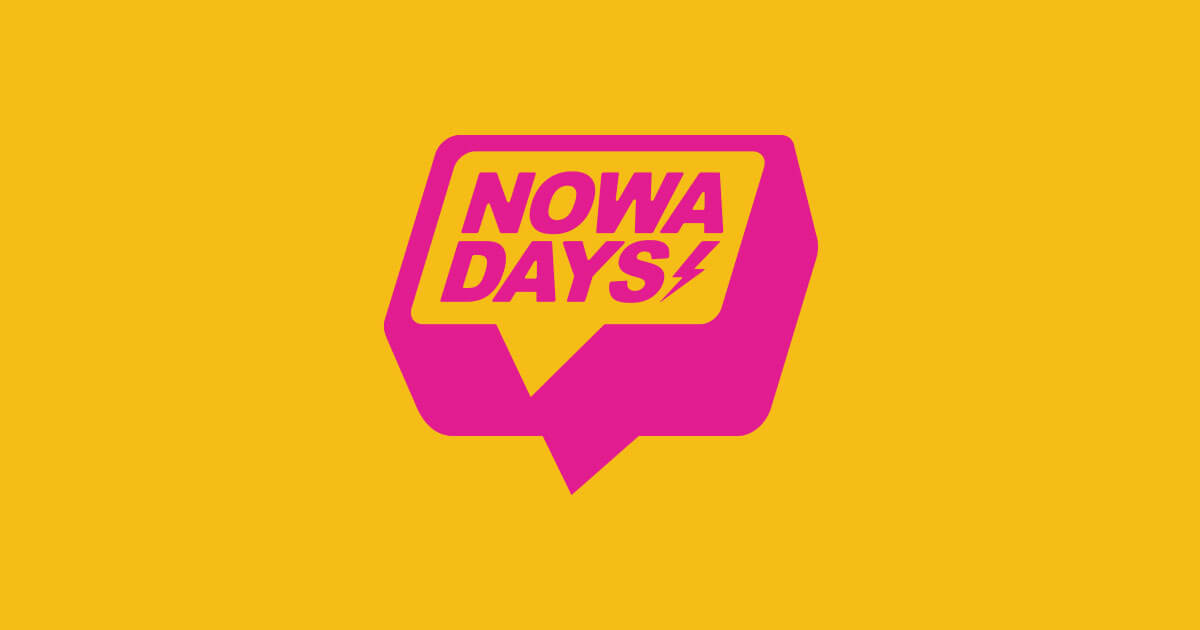Viral Digital Marketing
October 18th, 2023

Viral Digital Marketing: Strategies and Insights for Unprecedented Reach
Digital marketing moves fast. Brands aim to create content that spreads widely and quickly online. When content goes viral, it can drive massive awareness and engagement almost overnight. Viral digital marketing has become the holy grail for brands seeking huge impact with limited budgets.
In this article, we’ll dive into viral digital marketing. We’ll look at the science behind virality and ingredients for viral success. We’ll also explore platform choices, use of emotions and influencers, technology, and measurement. Let’s uncover future trends and strategies to create contagious digital content.
Introduction: The New Age of Viral Digital Marketing
Viral marketing used to rely on word of mouth. Now, the digital landscape lets content spread at unmatched speed and scale. A single viral video or meme can garner millions of views within hours.
Going viral offers brands unprecedented reach. The sudden spike in awareness and engagement can significantly impact business metrics. Viral content also benefits from higher perceived authenticity. Users feel it originates from fellow consumers, not brands forcing messages.
However, creating viral sensations is easier said than done. Brands aim to spark viral magic, but it can’t be manufactured. Certain strategies increase the odds by optimizing for shareability. Mastering the art and science of viral digital marketing is critical for cutting through the online noise.
The Science Behind Virality: What Makes Content Go Viral?
Virality often feels random, but data shows certain factors increase viral potential. Social science offers models on what drives people to share content.
Jonah Berger’s STEPPS model outlines six key drivers of virality: Social currency, Triggers, Emotion, Public visibility, Practical value, and Stories. Content should make people look knowledgeable or trendy, remain top of mind through repetition, stir up strong emotions, have visibility to encourage participation, provide useful information, and tell engaging stories.
Wharton professor Jeremy Blackburn’s VIRAL model highlights: Visibility, Immediacy, Relevance, Altruism, and Longevity. Highly visible content spreads more. Content should grab attention quickly, match audience interests, enable positive outcomes from sharing, and have longevity through evergreen appeal.
Understanding these dynamics allows brands to optimize content for sharing. The ingredients must be baked into initial creative.
Key Elements: Ingredients of a Successful Viral Digital Marketing Campaign
From awareness to amplification, several key elements stack the deck for viral success. Brands aiming for a smash digital hit should incorporate:
- A compelling hook to grab attention
- Bold visuals that stand out
- Thoughtful targeting aligned with audience motivations
- Cultural relevance tapping into current trends and events
- Adaptable formats users can remix and customize
- Influencers to expand reach through engaged follower bases
- Organic seeding of early shares instead of paid promotion
- Explicit viral prompts inviting shares, likes, and participation
- Social listening to monitor and adjust real-time engagement
- Strategic paid amplification to expand reach at key moments
Stacking multiple factors gives the best chance of engineering a runaway viral hit online. But a bit of luck never hurts either.
Platform Mastery: Choosing the Right Viral Digital Marketing Channels
Not all platforms have equal viral potential. Brands should identify where their content resonates most.
YouTube is great for music videos, movie trailers, and surprising videos. TikTok thrives on dances, memes, and catchy music. Instagram favors aesthetic photos, Stories, Reels, and hashtags. Facebook works well for articles, infographics, live video, and Groups. Twitter is ideal for news commentary, conversations, and meme reactions. Reddit enables community sharing and discussion around interests. Messaging apps and email allow person-to-person sharing of emotional content.
Tailoring content and seeding strategy to capitalize on platform-specific viral pathways is key. Analyzing performance data guides optimal platform mix.
Emotion in Marketing: Tapping into Feelings
What makes humans share? Often, tapping into innate emotional wiring. Viral digital marketing content elicits strong reactions like awe, humor, inspiration or outrage. Making audiences feel something intensely drives shares.
Brands should incorporate emotions through storytelling, surprise elements, competitions, relatable people, cultural moments, influencer personalities, debate or controversy, nostalgia, inspirational displays of talent, and unexpected acts of kindness.
Viral content brings people along on an emotional journey. The deeper the feelings, the wider the ripples.
Influencers & Virality: Leveraging Digital Celebs
Influencers provide a shortcut to virality. Their engaged follower bases help extend reach. Even niche micro-influencers wield outsized sharing power.
Collaborating with the right influencers offers pre-baked audiences already primed for sharing. Followers see influencers as authentic and may follow recommendations. Cascading network effects occur as influencers tap their networks. Unique creator voices and styles add engaging flair.
To leverage influencers: Identify those with synergistic followers, enable them to customize content, use revenue sharing models, seed content across a spectrum from micro to mega influencers, provide shareable assets optimized for their channels, and promote their participation publicly.
Influencer marketing alone won’t make poor content spread. But collaborating with digital celebs gives a fertile starting base for virality.
User-Generated Content: Encouraging Audiences
User-generated content (UGC) also expands reach exponentially. UGC is content created by unpaid fans and followers. Getting audiences to generate branded content taps into a vast creator pool.
Strategies like hashtag campaigns or remixable formats inspire users to add their own take to viral digital marketing. This user content offers fresh relevance that may outperform brand-created assets.
Benefits of UGC include massive volume of content at low production cost, built-in distribution as users share with own networks, high perceived authenticity and relevance, ongoing creative iterations and localizations, and interactive community engagement.
To generate quality UGC, brands should share templates and guides, spotlight stellar examples, make participation quick and easy, offer prizes and incentives, and enable contributors to showcase their own pages.
UGC represents a scalable way for brands to indirectly reach untapped audiences by putting creation tools in users’ hands.
The Role of Technology
Viral digital marketing technology propels virality through expanded reach and optimized timing. AI and software enhance targeting and strategic seeding abilities.
Key technologies include:
- Social listening dashboards to monitor reactions real-time
- Influencer mapping to identify ideal creators
- Audience analysis to uncover target user interests and habits
- Engagement prediction to forecast viral potential
- Seeding tools to schedule staggered content release
- Dark social monitoring to track private sharing
- Sharing widgets to enable frictionless sharing
- Viral content templates to easily create proven formats
- AI content like deepfakes or interactive content
As strategies grow more calculated, technology delivers data for optimal timing and distribution.
Challenges in Viral Digital Marketing
However, brands still face challenges breaking through the viral clutter. Standing out takes earned media strategy beyond buying reach.
Challenges include competition, shifting platform algorithms, ad fatigue, meaningless metrics, short shelf-life of content, and inauthenticity.
To overcome hurdles, brands should focus on quality over quantity and evaluate broader business metrics beyond vanity stats. Riding short-term virality shouldn’t override long-term brand building.
Measuring Success
Key performance indicators include impressions, engagement rate, virality score, content resonance surveys, owned reach increase, earned media value, business impact like sales, and lifetime value of new followers or site visitors.
Blending quantitative and qualitative factors provides a 360-degree view of viral success. Metrics should align with overall campaign or brand objectives beyond just vanity stats.
Future Trends
As platforms and tech advance, viral strategies will evolve too. Marketers must stay agile and aware of emerging spaces primed for breakout content.
Expected developments include ephemeral content demanding immediate attention, leveraging underutilized platforms, influencer collaborations like TikTok houses, closer attention to meaningful metrics, quicker adoption of current events and culture, AI-generated optimized content, ambush and stunt marketing, virtual worlds and metaverses, and avoiding harmful “virality at all costs.”
The future lies in adding value as part of cultural conversations instead of disruptive branding.
Conclusion
Strategic viral campaigns balance data and emotion while respecting audience intelligence. Leveraging insights on sharing allows brands to craft contagious content. Optimizing for key ingredients and channels expands reach. Ultimately, provocative ideas and impeccable timing drive impact.
Brands embracing viral digital marketing thoughtfully can transcend noise and connect with consumers in unprecedented ways. But chase engagement through substance, not shock value. Build communities instead of chasing views. With strategic minds and empathy, marketers can tap into cultural moments for memorable viral magic.
